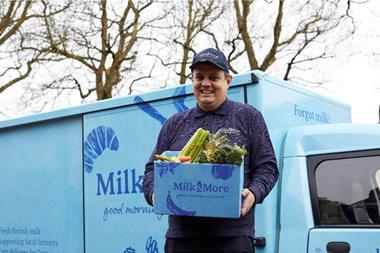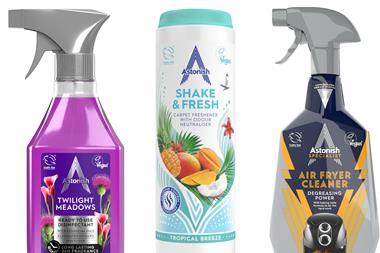
Technology appears poised to solve the woes of the world, or so we are led to believe. Yet there is a potential downside to our increasing reliance on innovative tech.
I am referring to the innovative technologies available to sort post-consumer plastic packaging, as there appears to be some confusion around which technology will deliver the best results.
There is now over-sophisticated technology available that can gives recyclers screeds of data on the entire life-journey of the product. But this is largely unnecessary. Instead, the primary requirement for recyclers is to sort packaging into single-polymer fractions such as PET, HDPE, PP and LLDPE.
The technology required to achieve this is neither complex nor expensive. Furthermore, it is plug-and-play ready and is complementary to existing NIR (near infrared) technology that recyclers are already using. It can easily be adapted to most sorting facilities around the world to target those specific recycling streams.
Their next priority is to sort these polymers into food and non-food packaging fractions. This urgently needed step will have a considerable impact on boosting the supply of valuable recycled resins and provide an alternative to virgin plastics.
So how can brand owners meet recyclers’ requirements to achieve this without going down the expensive technology route? By picking the one key facet of packaging that would flip the model around: colours.
Pigments are possibly the most contentious yet easily reversible element of today’s packaging. Imagine defining product categories by the colour of their plastic containers instead of a wide range of brand cues.
In this scenario, only a small range of colours would be acceptable, such as all food products being contained in natural or white packaging, brands in the non-food sector in pastel colours – thereby using smaller concentrations of pigments – and hazardous products in black plastic to ensure they don’t enter domestic recycling circles.
Sorting by transparent/pastel/black colouration of packaging is very simply achieved by deploying established, accurate and relatively low-cost automatic sorting technology, using the visible light spectrum and cameras for detection.
All automatic sorting and manual sorting systems could immediately adopt this protocol globally without expensive capex or plant alteration. The speed and yield of sorting would be boosted due to its simplicity, the purity of food-grade packaging could be instantly assessed and quantified, and as recycled content levels rise the cost for high-quality recycled material would drop.
Shedding the colours of the actual pack would reduce masterbatch costs and the design cues could be on the label (with self-peeling or dissolvable glue) or sleeves.
This simplifying scenario would rapidly result in effective separation of food-grade plastics without expensive and complex sorting equipment. It would also boost recycled content levels, making high-quality recycled material more plentiful and less expensive. And the actual brand recycling story would finally be authentic.
This may sound simplistic, but this is precisely why it would work so well. Ultimately, coloured plastic packaging is much harder to recycle economically than clear plastic since there is little demand for the resulting “recycling grey” that we get when we mix colours.
If brands align with their sustainability targets by relinquishing their reliance on branding by colour, the recyclability of their packaging could be transformed.
The reluctance to make this quantum leap is primarily due to our all-too-human resistance to change. That, and the flawed perception of technology being a cure-all that will enable brand owners to continue producing packaging without any changes. This could be likened to using a sledgehammer to crack the proverbial nut.
In fact, if we create multiple subcategories of packaging in response to the belief that clever high-tech sorting will have the capacity to create narrower fractions of materials, then the economics will diminish, issues of cross-contamination will increase and the entire recycling sector will suffer.
Rolling out new and expensive technology that provides a tsunami of data on a product would be overkill for recyclers, who would also have to absorb the cost of refitting their recycling plants accordingly. Brand owners too would have to invest far more in the sophisticated technology than it would cost them to make changes to their packaging.
Ultimately this scenario would result in over-sophisticated, costly technology, reducing rather than enhancing efficiency where it is most needed.



















No comments yet